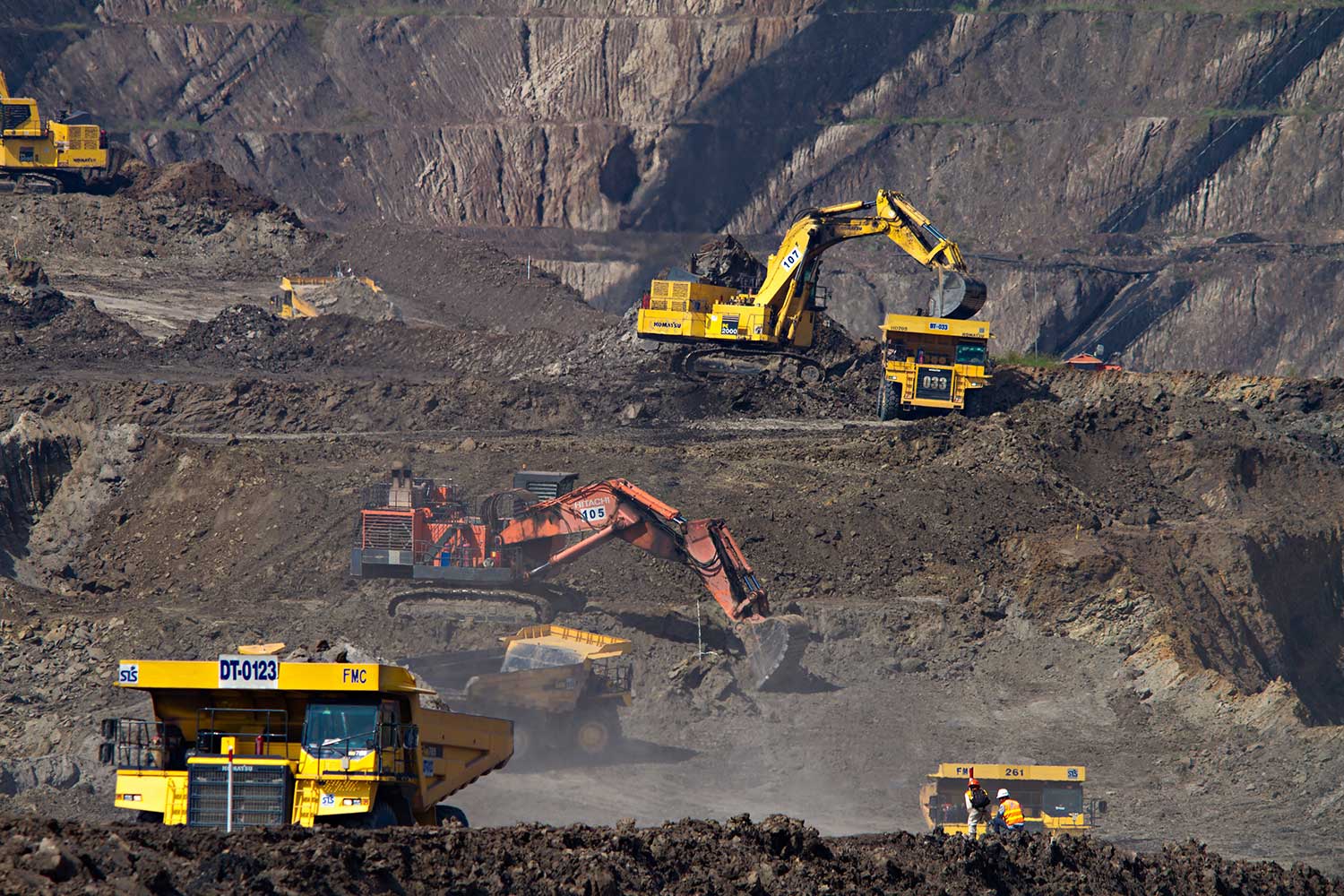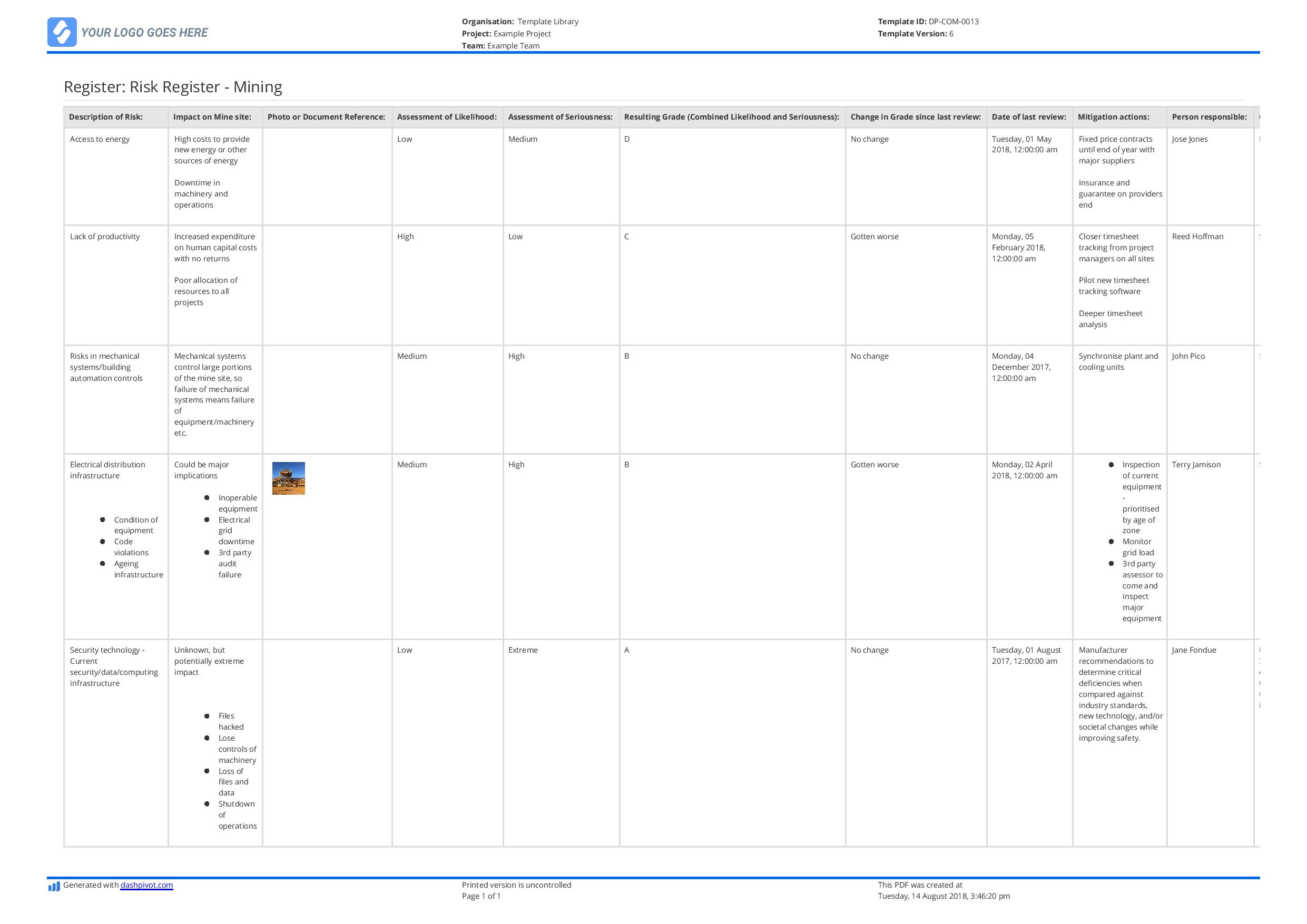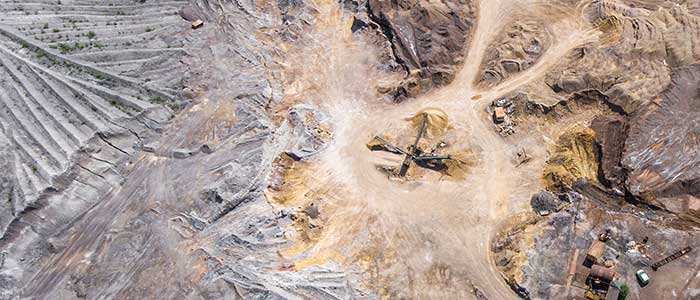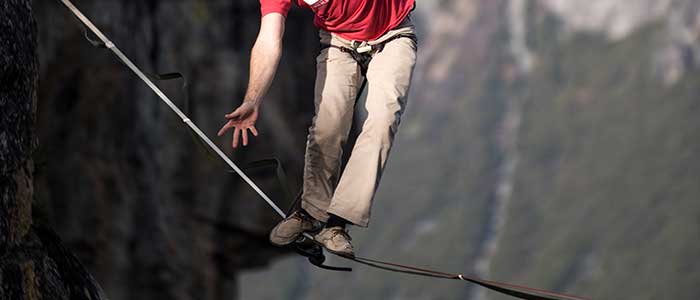Commercial – Mining risks

Mining risks: Coal mining risks, uranium mining risks, phosphate mining risks and iron ore mining risks
About risks in mining
Mining companies and projects are some of the largest in the world. Mining operations centre around millions and billion of dollars worth of assets; assets being pulled out of the ground and assets which are deployed on the ground (in order to get stuff out of the ground).
As well as being extremely valuable and large in scale, mine sites and mining comes attached with a bunch of risks which surround every mining project and job.
There are the constant risks in every mining project such as the health and safety of mine workers; there are the external and largely commercial forces creating economic risk; and there are the environmental and human risks which stem from performing operations on or under planet Earth.
No matter what type of mine you are working in or on, and whether you are a coal miner or the CEO, one of your main every day tasks is to reduce risk by being aware of the risks, making smart decisions, and being adequatly prepared to deal with normal and heightened risk situations.
How to manage mining risk effectively
Mine sites are inherently dangerous and risky places. They are fraught with risk due to:
- The extreme conditions and environment where mine sites are usually located
- The massive heavy machinery and equipment used to mine and move materials
- The nature of the materials being mined, which can be toxic and dangerous to human health at certain levels
- The pressure of the operations - billions of people around the world rely on (or seriously want) the materials being excavated from mines
All of these risks combined can seem overwhelming, especially as many of them need to be planned for and mitigated before a project even begins.
But tackling these risks in an organised and strategic way is the way to most effectively manage the risks and create and maintain preventative measures in order to reduce the likelihood of issues.
One of the most common and reliable methods of preparing a mining company, project and mining workers for a specific project - both before the project begins and during - is to create and maintain a risk register.
Creating a risk register is a precautionary measure which forces teams and people to think about and assess the potential risks on a project, and a proactive measure which enables workers and teams to take action in order to reduce risk and decrease the chances of errors and hazards occurring.
Your risk register template can serve as your brainstorming and planning framework, as well as the reference point for management and teams to look towards when they have questions or answers.

Use and edit this free and flexible mining risk register.
General mining risks
Some mining risks are common across all types of mine sites. These common and usually dangerous risks powerful enough to be ubiquitous across all sites include:
- Mine shaft collapse and entombing
- Security technology - the current security/data/computing infrastructure used for daily operations and storing information
- Electrical distribution infrastructure - the current condition of equipment and ageing infrastructure used on a project
- Risks in mechanical systems/building automation controls
- Lack of productivity
- Access to energy - Mine sites can be extremely isolated and face challenges in getting power to site which is critical to daily operations
- Environmental spills and hiccups
Examples of risks in particular types of mining
Coal mining risks
Coal mining has been one of the most common (and dangerous) forms of mining for a number of years. Thousands of people have died in coal mines, and hundreds continue to face the safety hazards of mining coal. In addition, the infrastructure around mines such as colliery spoil tipes have collapsed in the past, damaging the environment and killing people.
Coal mines carry with them a number of unique risks including:
- Coal dust explosions - which can engulf an entire pit
- Particular respiratory issues such as black lung
Uranium mining risks
Risks common to uranium mining are centred on radiation. Countries such as Australia and Canada have really clamped down on uranium mining and how they deal with the radioactive impact of the material. Everyone is exposed to radiation, so the new rules and regulations around uranium mining are based on keeping overexposure under the specified limits.
It's also important for companies in the space to ensure that their workers and surrounding communities are protected from the often silent but deadly effects of radiation.
Iron ore mining risks
Iron ore is a massive scale operation around the world, with iron ore being used in iron and steel production, which are important materials in many of the building we build and things we do.
Mining companies and iron ore projects, like the other forms of mining, have been cleaned up in the past years and is today, much safer and cleaner than it was.
However, companies mining iron ore and working on iron ore sites must still be very cognisant of:
- Air quality impacts
- Acid rock drainage - sulphuric acid is a common by-product of dissolving the minerals surrounding the ore and must be managed carefully
- Dust inhalation - workers who work around iron ore for long periods of time or long stints must cope and live in extremely dusty conditions
There isn't a form of mining (or any type of industrial project) in the world which doesn't carry great risk for the companies, workers and societies involved in extracting minerals and materials from the Earth. It's our job to manage and mitigate these risks as much as possible to ensure we have the materials the world needs to function - and the safety outcomes which families and people need to.

Risk Register template for Mining and Mine Sites
A risk register with example risks for mining companies and sites - which can be easily edited and added to. See the template →